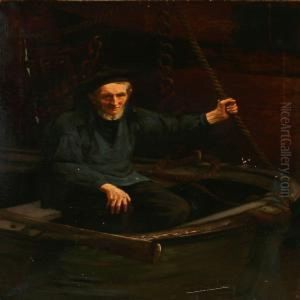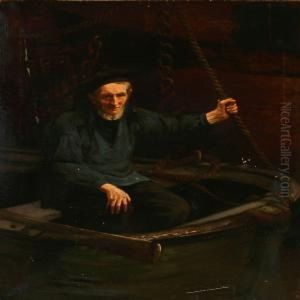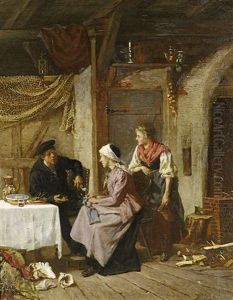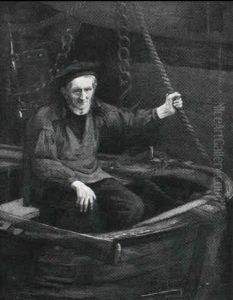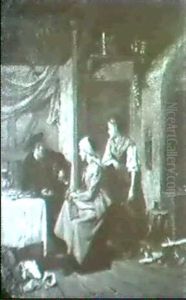Hermann Pabst Paintings
Hermann Pabst was a German painter and illustrator known for his works during the 19th century. Although not a household name in the pantheon of art history, Pabst contributed to the artistic movements of his time, particularly in the realms of genre painting and portraiture.
Born in 1822 in Germany, Hermann Pabst lived through a period of significant socio-political change and cultural development in Europe. He was part of the Romantic movement, which emphasized emotion and individualism—a reaction against the Industrial Revolution and the aristocratic social and political norms of the Age of Enlightenment.
Pabst's training and early career are not as well-documented as those of his more famous contemporaries. However, it is known that he was active during the mid-19th century, when there was a growing interest in depicting everyday life, the natural world, and exploring the emotional states of individuals through art. Pabst's paintings and illustrations often reflect these interests, capturing the spirit of his time with a focus on realism and attention to detail.
Despite his death in 1870 at the relatively young age of 48, Hermann Pabst left behind a body of work that, while it may not have gained the same level of fame as some of his peers, still contributes to the understanding of German art in the 19th century. His works are part of the narrative that showcases the diversity of artistic expression during a period of significant change in European art.
